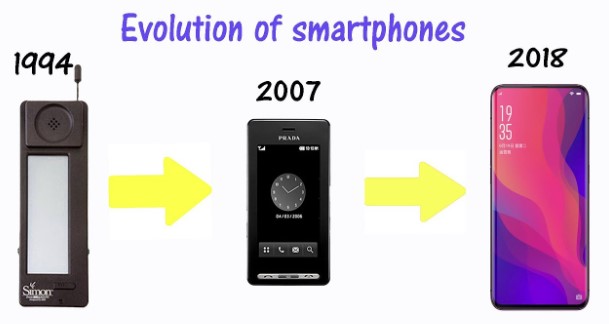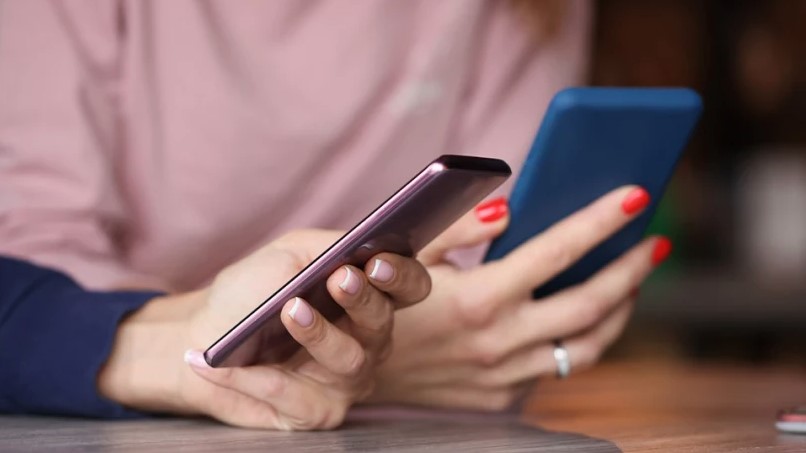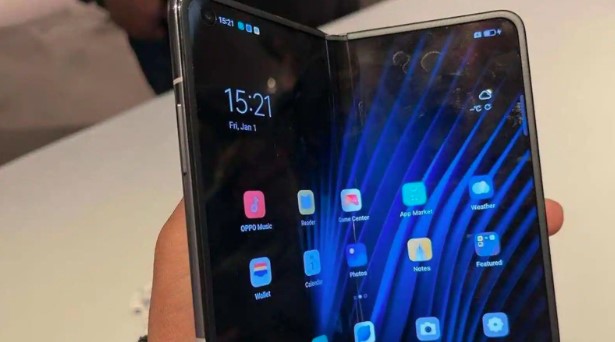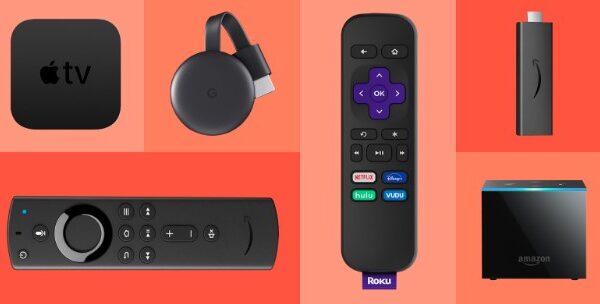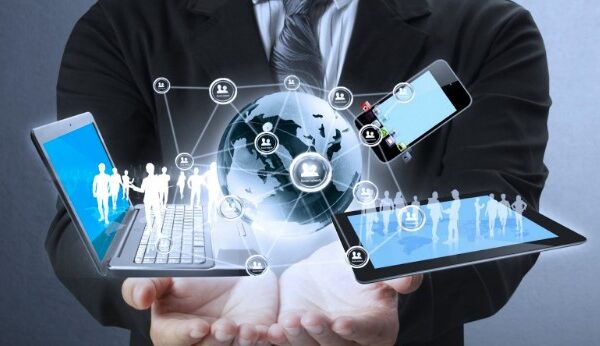The History of Smartphones: From Strat to Now
Modern smartphones have crossed a long time to reach the present stage of development and excellence. The history of smartphones dates back to 1992 and after that, with the gradual and continuous contribution of scientists and technologists, smartphones changed a lot and became truly smart.
At the time of growing, it was bulky and a mere luxury item, which has become a small, compact, and useful device we can’t live without. According to Pew Research Center, 77% of Americans have at least one smartphone.
The history of smartphones is important to know because it gives us an idea of the origin, growth, expansion, and reaching peak of this very device that fulfills our life. The development of smartphones is the story of the development of technology and consumer electronics themselves.
The First Smartphone
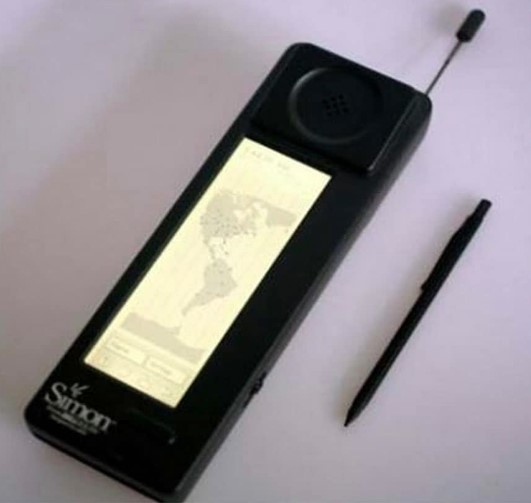
In 1992, International Business Machine (IBM) introduced a revolutionary device that has more capabilities than the rest of the cell phones existing in the market at that time. This device, known as the first smartphone, was given the name the Simon Personal Communicator. However, it took two more years to reach the hands of the consumers.
This first smartphone had many of the features we get in the smartphones of these days, which include:
- Touch Screen
- Fax
- Notes and Calendar
- Apps and other widgets that become developed later
The history of smartphones is indebted to Simon’s Personal Communicator. Though it was a brave and visionary entry into the market, it wasn’t, in fact, the smoothest starting point. The Simon Personal Communicator, the first smartphone was a revolutionary product, but at that time customers were not ready to grab the IBM device with enthusiasm.
The ‘Simon Personal Communicator’ was an advanced machine for its time, but it’s nothing compared to smartphones these days. It only had a small monochrome LCD screen and a one-hour battery life, which may seem ridiculous to people these days.
One thing was cool– the ‘Simon Personal Communicator’ provided you with the facilities to make landline calls not depending on the expensive carrier rates. However, at a $1,100 retail price, it only sold 50,000 units in 6 months.
Though, the ‘Simon Personal Communication’’ created a platform or benchmark for others to carry on their innovation and investment for creating these kinds of devices.
The arrival of the BlackBerry
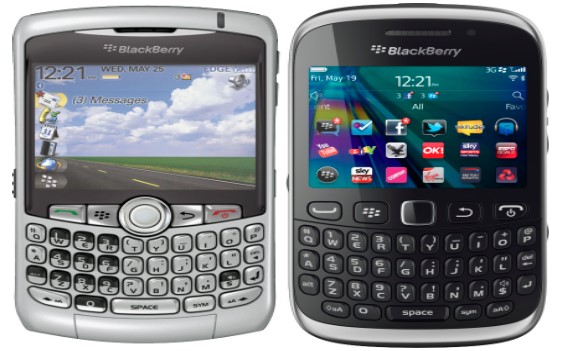
Blackberry was the set that contained both touchscreen and keyboards. The first BlackBerry mobile device was the BlackBerry 5810 and it contains the features when you hear ‘Blackberry.’
- Calendar
- Music
- Music
- A full keyboard
- Advanced security
- Internet access
However, you have to make calls through a headset.
The primary target customers of BlackBerry were business professionals. They kept on releasing more and more advanced devices and were the market leader in smartphones at that time. However, the demand for their product decreased and decreased over time and bottomed with a 0% market share in 2017.
The Giant Leap of Apple
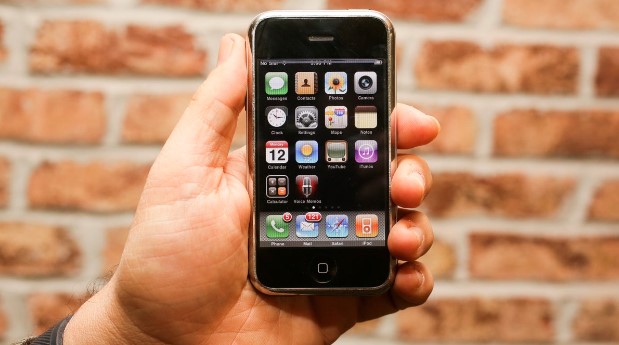
After releasing their latest device iPod in 2007, Apple had begun transforming the use of portable technological products. Their successor iPhone was one of the most advanced and successful consumer technology products the market has ever seen. iPhone gave the history of smartphones a big leap. With the price of $499 for the 4GB unit and $599 for the 8GB model, it attracted a huge number of customers and got placed on AT&T.
In the first year after its introduction, Apple sold more than 1.4 million iPhones on the market. The next year was more amazing when they sold 11.6 million products.
Instead of the 4:3 aspect ratio screen of the iPod, the iPhone came with a wide LCD screen that was perfect for videography work.
An extended battery life, 8 hours of talk time, and 250 hours on standby were massive improvements over IBM’s Simon Personal Communicator. It also made the smartphone a reliable, consumer-friendly product.
The hardware of the iPhone was impressive and eye-catching, while the software provided by the third parties extended its capabilities and it was really a revolution in the history of smartphones.
Within a few years, iPhone became a trendy as well as prestigious product that represents the status of the customers. To statistics, In 2015, it was revealed that 84% of Americans said they couldn’t go a single day without an iPhone.
The Smartphones of These Days
There’s a huge difference in hardware and software from 2007 to 2022. In short, everything is more advanced with the arrival of Machine Language and Artificial Intelligence.
- Huge memory space
- Devices are far faster and more powerful
- You can use multiple applications simultaneously
- Cameras are HD
- Music, video streaming, and online gaming are easy and smooth.
- The battery lasts for a few days on one charge.
In the past few years, two primary operating systems have evolved in the smartphone market. One is Google’s Android and the other is Apple’s iOS. The Android system has been adopted by a good number of hardware manufacturers in the world.
For the moment, Android is well ahead in the operating systems arena with a 42% market share. Android services spread widely as it’s more affordable. On average, the cost of a modern android system-equipped device is one-third of the cost of an iPhone. This has happened because a diverse number of hardware manufacturers are using Android OS for their smartphones.
The Future of Smartphones
IBM’s Simon Personal Communication established an example of how a smartphone could be. In 2007, the potential of touch-screen phones, i.e., smartphones was fully realized by Apple and iPhone. Now, it’s more like the personal assistant or multimedia devices of people.
Smartphones have truly replaced some important devices like digital cameras, music, or video players. Now, we can do more personalized tasks using personal assistants like Siri. Let alone the matter of talking to each other.
So what’s next
More advancements will come in the pathway of the history of smartphones and they will continue to grow seamlessly. It’s hard to predict what is going to arrive in the future, but it seems like a folding touch phone is going to come. Voice commands are also going to grow, tech specialists expect.
Even the days of carrying laptops or desktops with us are gone almost as we can enjoy many of the capabilities of these two devices. The dynamic advancement in the history of smartphones is fulfilling our purpose both personally and collectively.



